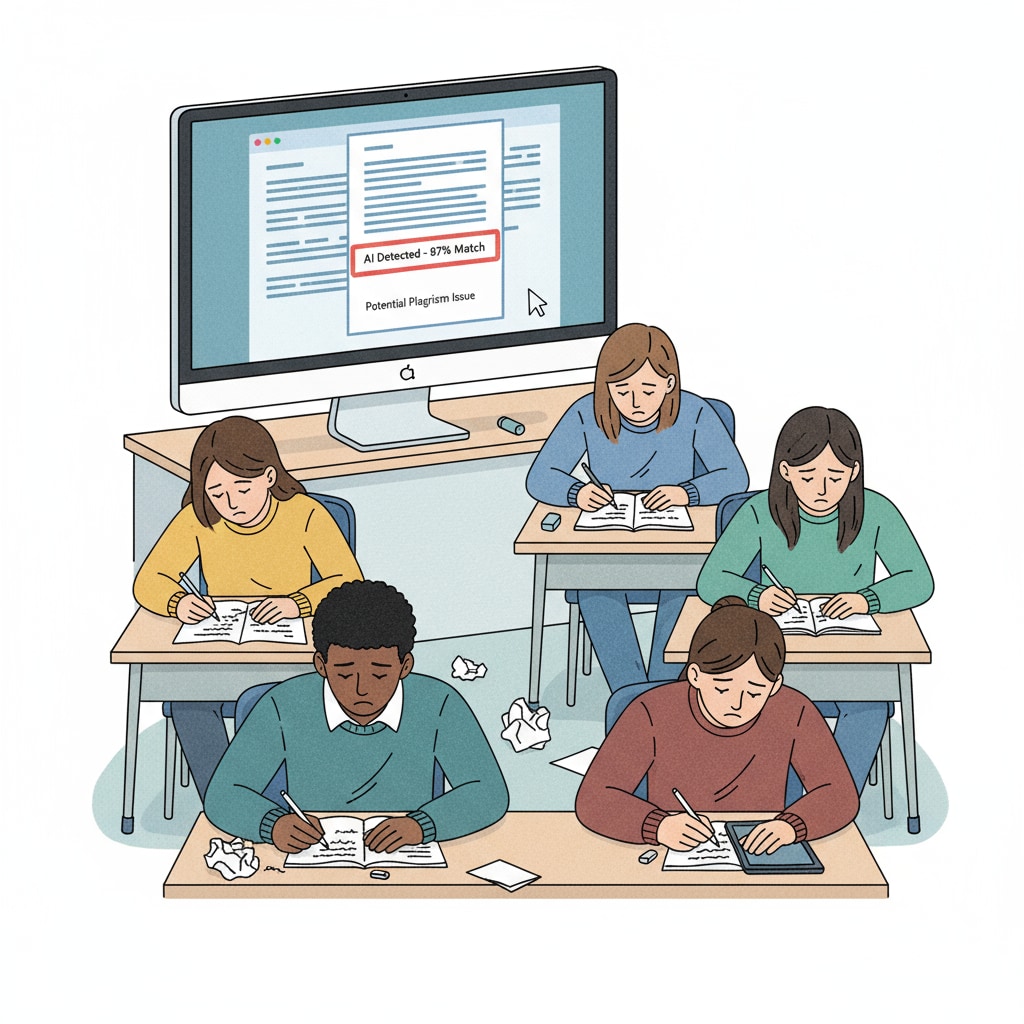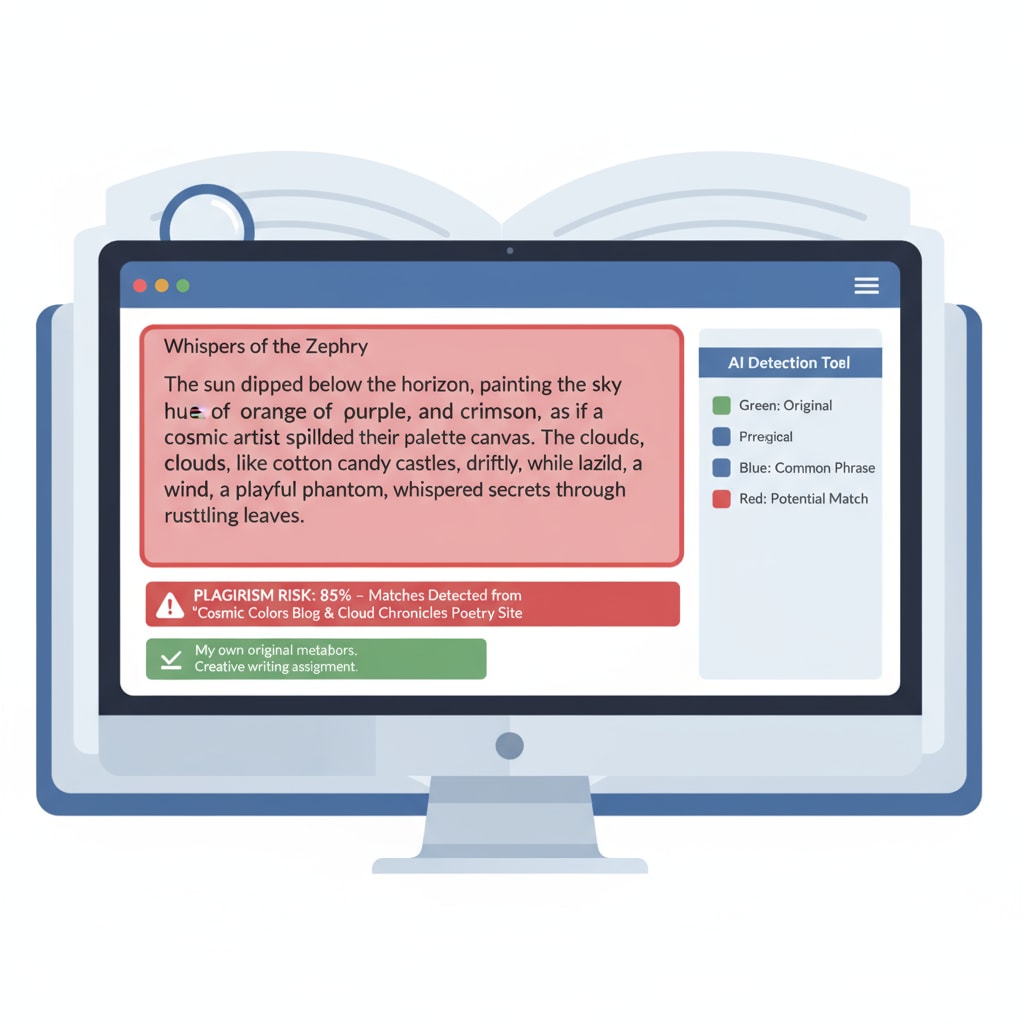In the realm of high school creative writing, the rise of AI detection tools has unfortunately brought about a wave of creativity suppression. These tools, intended to combat plagiarism, are having unforeseen negative consequences on students’ writing enthusiasm.

As AI detection becomes more integrated into the classroom, it’s essential to understand the harm it inflicts on the creative process.
The Problem of False Positives
One of the most significant issues with AI detection tools in creative writing classes is the high rate of false positives. Teachers, relying heavily on these algorithms, often mislabel genuine creative works as plagiarized. For example, a student might use a common phrase or a unique writing style that resembles patterns in the vast database of the AI detection system. This can be extremely demoralizing for students. According to Educause, many students who have been wrongly accused of plagiarism due to these false positives lose their motivation to write creatively.

The Forced Sacrifice of Unique Styles
In addition to false positives, students are also forced to abandon their unique writing styles to avoid being flagged by AI detection tools. To stay under the radar of these algorithms, they start writing in a more formulaic and safe manner. This not only stifles their creativity but also makes their writing lackluster. As per National Education Association, students should be encouraged to explore different writing styles, but AI detection is doing the exact opposite.
AI detection tools in high school creative writing classes are clearly causing more harm than good. The false positives and the pressure on students to conform to algorithm-friendly writing are suppressing creativity and enthusiasm. It’s time for educators to reevaluate the use of these tools and find a more balanced approach that nurtures students’ creative writing abilities rather than hindering them. Readability guidance: The paragraphs above use short and concise sentences. Transition words like ‘for example’ and ‘in addition’ are used to connect ideas. Each H2 has a clear focus, and external links are provided for further information.


